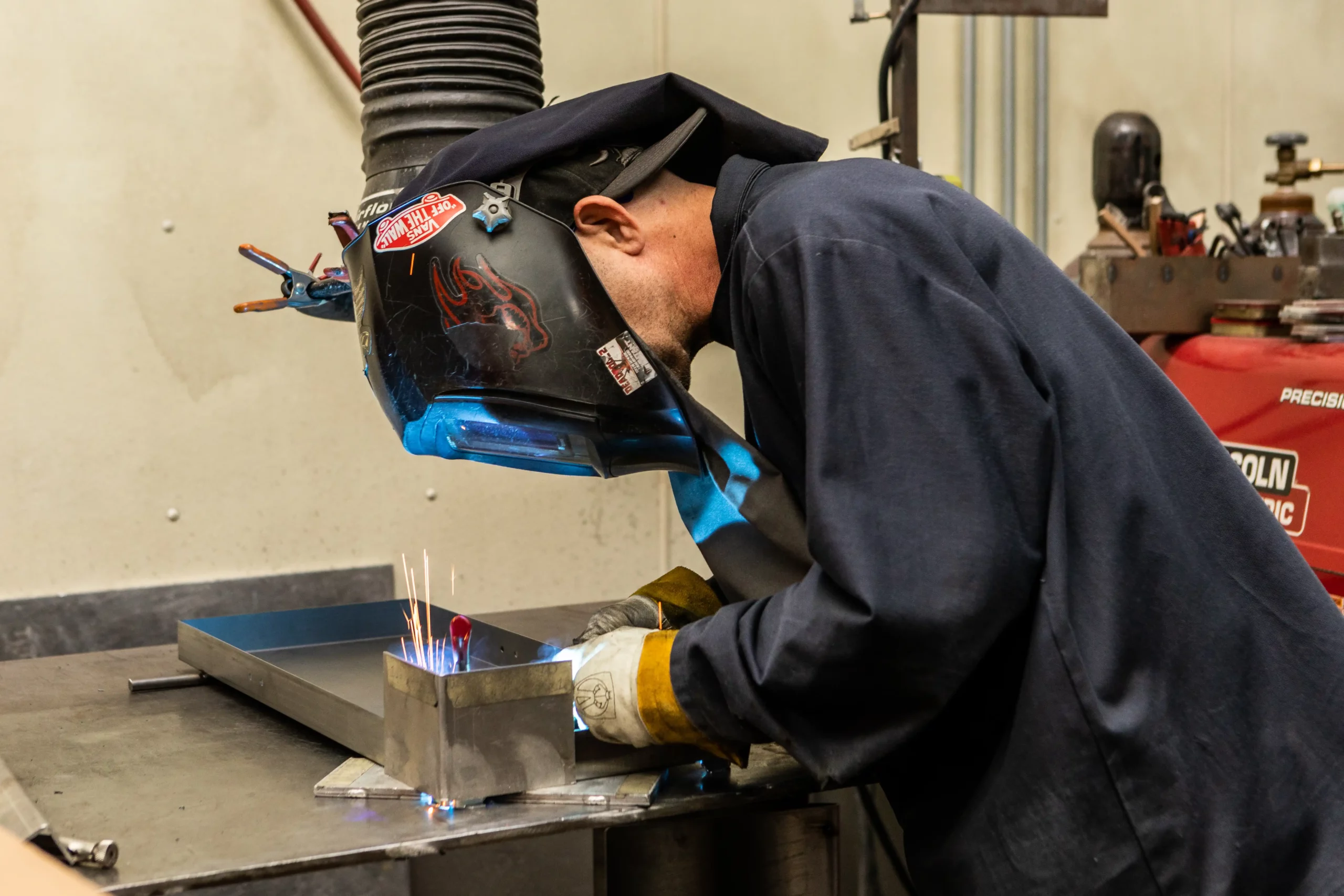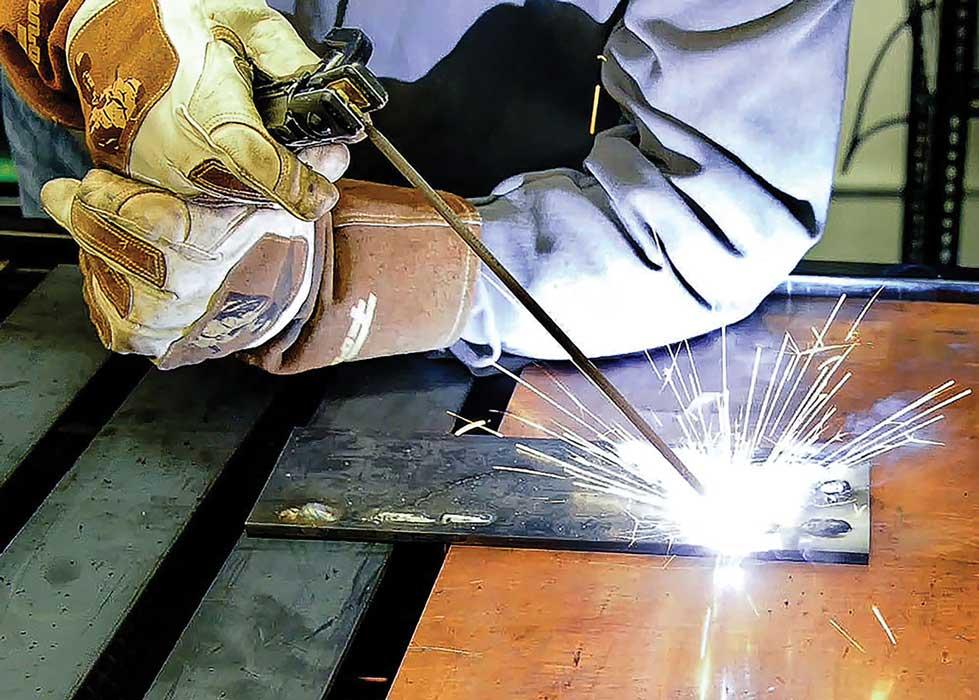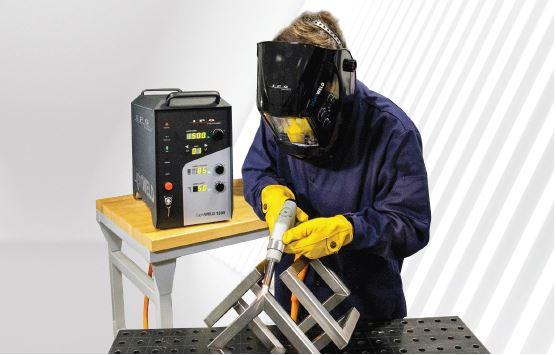The Ultimate Overview to Welding WPS Procedures: A Thorough Introduction for Welders
In the intricate globe of welding, Welding Treatment Requirements (WPS) act as the foundation of ensuring top quality, uniformity, and safety and security in welding operations. Comprehending the subtleties of producing, executing, and monitoring WPS procedures is essential for welders looking to boost their craft and meet industry requirements. As we dive into the numerous parts of a WPS and discover the ins and outs of qualification and certification, we will certainly discover the crucial function these treatments play in the realm of welding. Let's embark on a journey to decipher the intricacies and significance of WPS treatments in welding practices.
Relevance of WPS Procedures
Comprehending the importance of Welding Treatment Specs (WPS) treatments is critical for guaranteeing the high quality and honesty of welded structures. WPS procedures work as a roadmap for welders, outlining the required actions, specifications, and products required to attain an audio weld. By adhering to WPS standards, welders can ensure consistency in their job, causing trusted and structurally audio welds.
One of the main reasons why WPS treatments are essential is their function in maintaining weld top quality and integrity. Complying with the defined welding parameters and strategies described in the WPS assists prevent problems such as porosity, cracking, or insufficient fusion, which can endanger the strength and durability of the weld.

Elements of a WPS
A Welding Treatment Spec (WPS) normally consists of essential components that information the particular requirements for implementing a weld, ensuring consistency and high quality in the welding procedure. The vital components of a WPS include necessary variables such as base metals, filler steels, interpass and preheat temperatures, welding processes, shielding gases, welding placements, and post-weld warmth therapy requirements.
Base steels refer to the products being signed up with, while filler metals are used to fill the space between the base steels during welding. Preheat and interpass temperatures are crucial for regulating the warm input and protecting against problems like fracturing or distortion. The welding process outlines the specific technique to be made use of, whether it's gas metal arc welding (GMAW), shielded steel arc welding (SMAW), or another technique. Protecting gases shield the weld swimming pool from climatic contamination. Welding placements define the positionings in which welding can be carried out. Post-weld warm treatment may be needed to soothe tensions and boost the weld's properties. A complete understanding of these parts is essential for developing a detailed and effective WPS.

Qualification and Qualification
Having actually established the vital parts of a Welding Procedure Specification (WPS), the focus currently changes in the direction of the critical aspects of credentials and certification in welding practices.

Certification, on the various other hand, is the formal acknowledgment of a welder's certifications by an appropriate accreditation body or company. Welding certifications are usually based on the specific welding processes, materials, and settings a welder is qualified to deal with. Holding a valid welding accreditation demonstrates that a welder fulfills sector requirements and is skilled to carry out welding tasks to the needed specifications.
Producing a WPS
To establish a Welding Procedure Requirements (WPS) that fulfills market requirements, cautious factor to consider of welding procedures, materials, and functional parameters is essential (welding WPS). The very first step in developing a WPS is to determine the welding process to be made use of, such as gas steel arc welding (GMAW) or secured metal arc welding (SMAW) When the welding procedure is identified, the following crucial element is choosing the ideal products, considering elements like base metal type, thickness, and joint design. Operational parameters such as welding existing, voltage, traveling rate, and protecting gas composition need to also be carefully defined in the WPS.

Carrying Out and Monitoring WPS
Upon completing the extensive Welding Procedure Specification (WPS) that meticulously information welding processes, products, functional specifications, and top quality guarantee procedures, the emphasis moves to efficiently carrying out and monitoring the established treatments. read what he said Execution entails making certain that all welders involved in the job are acquainted with the WPS and follow it carefully during the welding procedure. Efficient read this execution and tracking of the WPS are important for ensuring the stability, stamina, and safety of the bonded joints, eventually contributing to the general success of the welding task.
Verdict
Finally, understanding and following Welding Procedure Specs (WPS) is important for welders to ensure high quality, uniformity, and safety in their job. By knowing the parts of a WPS, obtaining correct certifications and accreditations, developing detailed treatments, and carrying out and checking them successfully, welders can enhance their abilities and proficiency in welding techniques. Sticking to WPS treatments is essential for creating premium welds and meeting sector requirements.
In the elaborate world of welding, Welding Treatment Specifications (WPS) serve as the foundation of making certain quality, consistency, and safety in welding procedures. The welding procedure describes the certain method to be used, whether it's gas metal arc welding (GMAW), secured metal arc welding (SMAW), or one more technique.To establish a Welding Procedure Specification (WPS) that satisfies sector criteria, cautious consideration of welding processes, products, and operational criteria is crucial. The initial step in developing a WPS is to recognize the welding process to be made use of, such as gas metal arc welding (GMAW) or shielded metal arc welding (SMAW)Upon finalizing the extensive Welding Procedure Spec (WPS) that meticulously details welding procedures, materials, operational informative post criteria, and quality guarantee steps, the emphasis shifts to effectively applying and keeping track of the well established procedures.